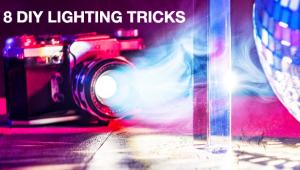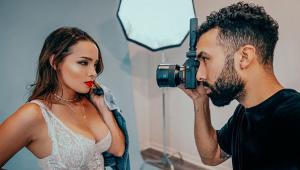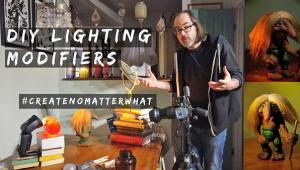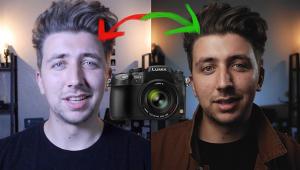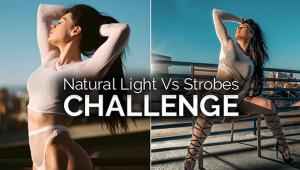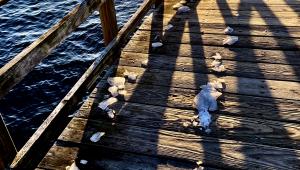Outdoor Lighting Tips: Why I Don’t Leave Home Without My Speedlights

All Photos © Blaine Harrington
When I realized that this column would be in the magazine’s lighting focus issue, I looked at the data for the photos I’d taken earlier this year during a nearly month-long combination of safari workshop, assignment, and stock shoot in Africa. What I found surprised me: I’d used flash on about one-third of the 13,000 photos I’d made on that trip. I had no idea I’d used my Speedlights as often as I had.
Interestingly, the subject of flash photography came up on the safari when a participant said he wasn’t all that comfortable using flash. With that in mind I made it a point to think about, and talk about, why and how I used it. As it turned out, the reasons for bringing out the flash on a photo safari weren’t at all different from why I use it for any of my travel photography. Simply, flash photography often makes a picture better; other times it makes a picture possible.
Maybe I shouldn’t have been surprised by the number of flash photos I took. After all, I do travel fully prepared to shoot with flash. I almost always carry two SB-900 Nikon Speedlights, an SC-29 TTL Remote Cord, a JJC FB-2 External Flash Compact Battery Pack to help the flash keep up with my camera’s motor drive, and a Visual Echoes FX6 Better Beamer Flash Extender to spread and soften the light when I’m shooting with lenses 200mm or longer. (Yes, I know the phrase “motor drive” is a holdover from the ancient days of film, but it sounds so much better than “continuous advance.”)

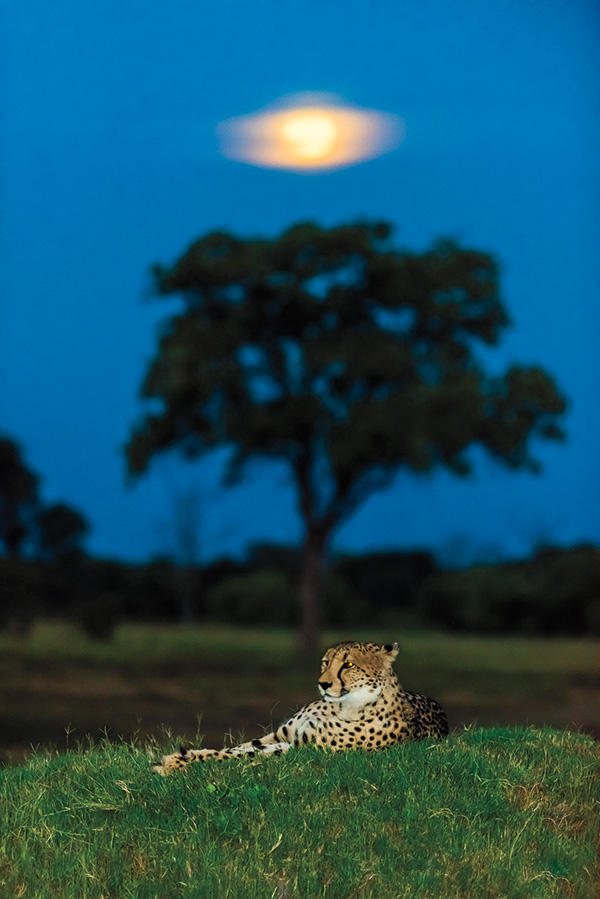

What I realized when I saw the number of flash photos I took on that trip was that I wasn’t consciously aware of the number of times I instinctively know that flash is, or might be, needed. Low-light situations are the obvious reasons, but there are lots of times when a touch of fill flash is necessary to open up shadow areas or to balance the natural light in a scene.
What makes flash a natural part of image-making is the ability to control the intensity of the flash from shot to shot. I can choose full power, three-quarter, half, or one-quarter, and that’s one of the things I pointed out on the safari: the flash comes out of the box ready to fire at full power, but that doesn’t mean you should assume that’s the setting you’re going to need all the time. Adjusting the power output—which can be done any number of ways depending on the system you’re using—means you can create natural-looking images that often don’t even hint at the use of flash.
I know that you’re thinking: Flash for animals? Yes, because they’re very often partially concealed in and around trees, bushes, and other foliage when hunting, feeding, hiding from predators, or just keeping watch on whatever’s going on. Often I’m photographing in the low light of morning and evening. And regardless of the time, I can’t get out of the vehicle to get a better view or angle. The flash’s effect on the animals? I don’t think I’ve ever seen much of a reaction; they seem to go on doing whatever it is they were doing, with no change in behavior.


Regardless of time of day, using the flash off-camera is often the best, or only, way to get the picture. Fired from the on-camera position, the flash may cast the shadow of whatever bush or tree is partially concealing the animal, so I’ll use the remote cord to enable me to hold the flash off to the left or right, sometimes at a high or low angle. It can be a bit of a juggling act. Inside the vehicle I often have my camera on a monopod, and I’ll be holding the flash a couple of feet to the left, aimed at an open spot in the scene, maybe at a high angle, with the camera held, balanced, and fired by my right hand. That way I keep the flash from directly hitting anything in line between me and the subject.
I’ve been using my Speedlights in this way for a long time and sometimes can figure the power settings from experience. Still, it’s most often a case of taking a test shot, checking the result on the LCD, and making whatever power output adjustment is needed. Overall I’m more situational than technical, and I think most people who take my safaris and workshops learn by observing. They watch the way I shoot, what lens I use, when I choose flash, and how I work a subject. Then they see the results I get.
If a flash unit isn’t in your gadget bag or your plans, at the very least learn all the ins and outs of your camera’s built-in flash. As far as flash was concerned, what was learned on this trip was that lots of situations come down to a case of flash or no picture, while many others are flash and better picture. It’s not a tough choice.
My Favorite Flash
The Nikon SB-900 Speedlight is my light-on-the-subject traveling companion mainly because it’s compact, lightweight, versatile, and pretty powerful. I’m also a believer in the system approach: if I use a company’s cameras, I’m going with their lenses, flash units, and accessories.
Even though one flash at a time suits the way I work—quickly, on the move—I always carry two SB-900s because no matter how reliable any piece of equipment is, I have to have a backup.

A selection of Blaine Harrington’s images can be viewed at his website, www.blaineharrington.com.



